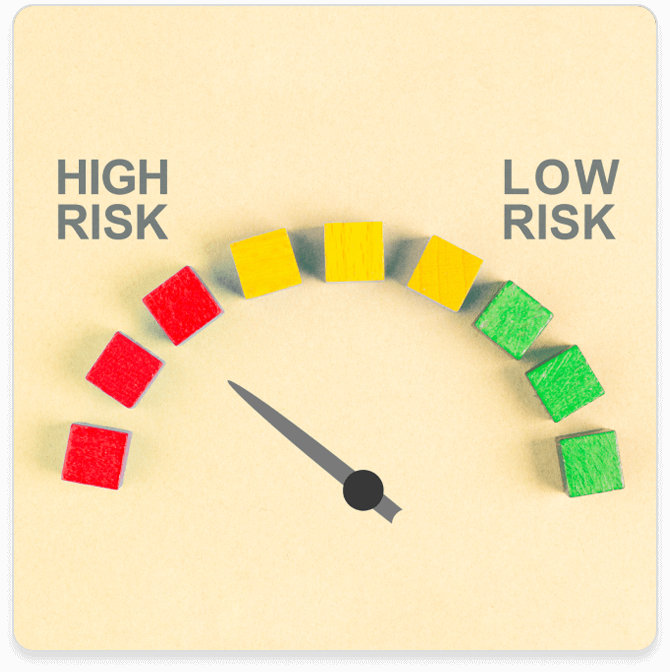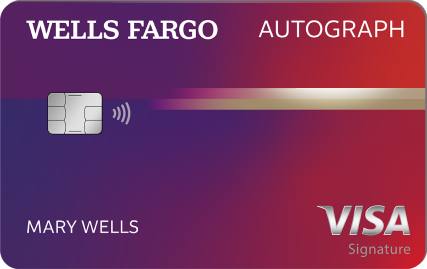
How to increase your credit limit
Your credit card limit is the amount of spending power available to you as a cardholder. It is also often an indicator of your overall credit health, because how you use your credit can impact your credit score.
Learn more about how a credit card issuer determines your credit limit, how to receive a credit limit increase, and how a larger credit line may help improve your overall credit.
What is a credit limit?
A credit limit is the maximum amount that you are allowed to spend on your credit card at a given time. When you open a new credit card, you’re approved for a specific credit limit, but that amount can change over time depending on factors such as your payment behavior.
When you apply for a credit card account, the card issuer will look at certain criteria to see if you meet the eligibility requirements. These include your FICO Score, your annual income, and other cards you already own. If the issuer approves your application, it will use that same information to determine the APR and your starting credit limit.
The vast majority of people will start their credit journeys with a lower credit limit, around $200 to $500. But over time, the limit can reach as high as $20,000, $50,000, or even more.
What determines your credit
limit?

Every credit card issuer has its own methodology to determine the credit limits it offers new cardholders. However, there are some common factors that impact credit limits, including the specific card you’re applying for and your personal credit history.
Card type and credit limit
Some cards have a higher starting credit limit than others based on the card’s intended audience.
For example, cards aimed at college students, new credit users, or those with fair or poor credit scores may have a lower starting credit limit of $200. Higher-tier credit cards that require a higher credit score and higher income level may start approved cardholders off with credit lines in the several thousands.
A credit card usually has a maximum credit limit, too, which is why you may choose to “upgrade” to a new card.
Your credit background and existing credit limit
Whichever type of credit card you apply for, the issuer has a specific credit limit range it may offer. Your credit history will weigh into the issuer’s decision of how low or high your limit may be.
When you apply for a card, creditors use sophisticated algorithms to determine the risk of extending credit to you and to decide your credit limit. The risk assessment considers factors that include:
- Your credit history: The card issuer will pull your credit reports to see all of your accounts, the length of time they have existed, and if you had any recent late payments or delinquencies.
- Your credit score: Most credit cards have a minimum credit score requirement for approval, but your score can also impact your credit line amount.
- How much available credit you currently have and how you use it: Someone who has a lot of available credit but keeps their balances in check is typically seen as less risky than someone with nearly maxed-out credit cards.
- Your ability to pay: Credit issuers usually ask about your income and expenses (like mortgage or rent) to figure out whether or not you can afford to pay additional monthly debt obligations.
In general, if you are newer to credit or have a lower credit score, it’s more likely that you’ll start off with a lower credit limit. If you have a strong track record of paying credit card bills on time, a solid employment status, and a good credit score, you may be offered a higher credit line.

What are the types of credit
limit increases?

Your credit limit isn’t set in stone. If you keep a credit card account active and it’s in good standing, your credit limit may increase automatically at the issuer’s discretion. You can also attempt to speed up the process by requesting periodic credit limit increases from your card issuer.
Lender-initiated increases
Credit issuers may periodically review your account activity, your payment history, and your credit report to determine if and when to increase your credit limit. Every credit card company has its own process for lender-initiated credit line increases, and it may vary by card product.
Some cards may have an automatic account review after a set period of time, such as six months or one year. This is typical of student credit cards or cards designed for credit-building, for example. Once a cardholder proves their ability to use the card responsibly, the lender may decide to extend the credit line.
The issuer may also increase a credit limit on a case-by-case basis depending on card usage and payment history. For instance, a change in credit score or a specific achievement (like a certain number of on-time payments) may trigger an account review.
Customer-requested increases
As a cardholder, you can also directly request a credit line increase. Depending on the issuer, this may result in a hard inquiry, which would cause a slight, temporary drop in your credit score. However, it may occur as a soft inquiry, which will not impact your credit.
Before you make a request, consider if it’s worth the potential risk. You can also review your credit history to determine the likelihood of approval.
If you recently opened the card account, the issuer may tell you to try again at a later date.

How do you request a credit
limit increase?
There are a few ways to request a credit limit increase.
- Online: Some credit issuers provide the option to request a credit line increase online. Log in to the issuer’s online portal and look for a tab for account services (or something similar) to see if you can make a credit limit increase request.
- By phone: Call your issuer’s customer service number and explain that you want to see if you’re eligible to increase your credit limit. The customer service representative will be able to help you.
In both cases, expect to answer a few questions about your financial situation, including your current income. You may receive a decision right away or the issuer may need to first review your account and history.
How to improve your chances
of a credit limit increase

Receiving a credit limit increase comes down to good timing and positive account activity. Similar to when you applied for the card, the card issuer needs to ensure you are creditworthy and can responsibly handle a higher credit limit. That said, even if you have a stellar credit history, it doesn’t automatically guarantee that you’ll receive a credit line increase.
You may improve your chances of approval for a credit limit increase by considering the following questions:
- Is this credit card account at least six months old? Some credit issuers will not consider a credit line increase until you own the card for several months. Some may prefer to wait up to one year.
- Have I consistently made on-time payments? If you missed a payment or two recently, you may not be an ideal candidate for a credit limit increase.
- What percentage of my available credit am I using? A creditor may consider you less risky if you have a lower credit utilization ratio. For example, if you have a $1,000 credit line and your balance is $850, then your credit utilization is 85%. According to myFICO, keeping your credit utilization as low as possible may improve your chances of a credit limit increase.
- Is my credit score the same or better than when I originally applied for the card? Review your credit report to see where you stand. If your score has improved, you may have a better chance to graduate to a higher credit limit.
- Is my income level the same or higher than when I opened the account? If your income has reduced, the issuer may not grant you an increased credit limit.
Here are a few circumstances to consider before you request a credit limit increase:
- You just opened the card a couple of months ago
- You made a late payment on the card in the last 12 months
- You recently lost your job
- You have a high utilization rate

What are the benefits of
increasing your credit limit?
Increasing your credit limit may provide benefits such as lowering your credit utilization rate, extending your spending power, and providing access to an emergency credit line. However, a higher credit limit may lead to overspending and credit card debt.
Here’s a closer look at some of the advantages of a higher credit limit:
- It can lower your credit utilization ratio: There are two ways to lower this percentage: Reduce your credit card balance and increase your credit line. For example, if you owe $5,000 with a $10,000 credit limit, your utilization is 50%. But if the credit limit increases to $15,000, then your ratio drops to a more favorable 33%.
- You’ll have more spending power: If you want to use your credit card to make a few large purchases that you know you will pay off quickly, then a higher line of credit allows you to spend more without severely impacting your credit utilization.
What to do if your credit limit
increase is denied
If the issuer denies your credit limit increase request, you will receive an explanation, thanks to consumer protection laws. You should receive an explanation letter in the mail; or if you make the request over the phone, the customer service rep may tell you.
If you are denied, try not to feel discouraged. Instead, review the explanation as a way to potentially make improvements to your finances. Just note that the credit card company may recommend that you wait a certain period of time before you attempt to make another request.
Conclusion
Increasing your credit limit can provide a number of benefits, and it’s generally a sign of a healthy credit history. To potentially improve your odds of a credit limit increase, keep your account in good standing, pay your bills on time, and maintain a lower utilization rate.
With good credit habits, your credit card company may reward you with an automatic credit limit increase. If not, you can initiate a request via the issuer’s online portal or customer service phone number.






